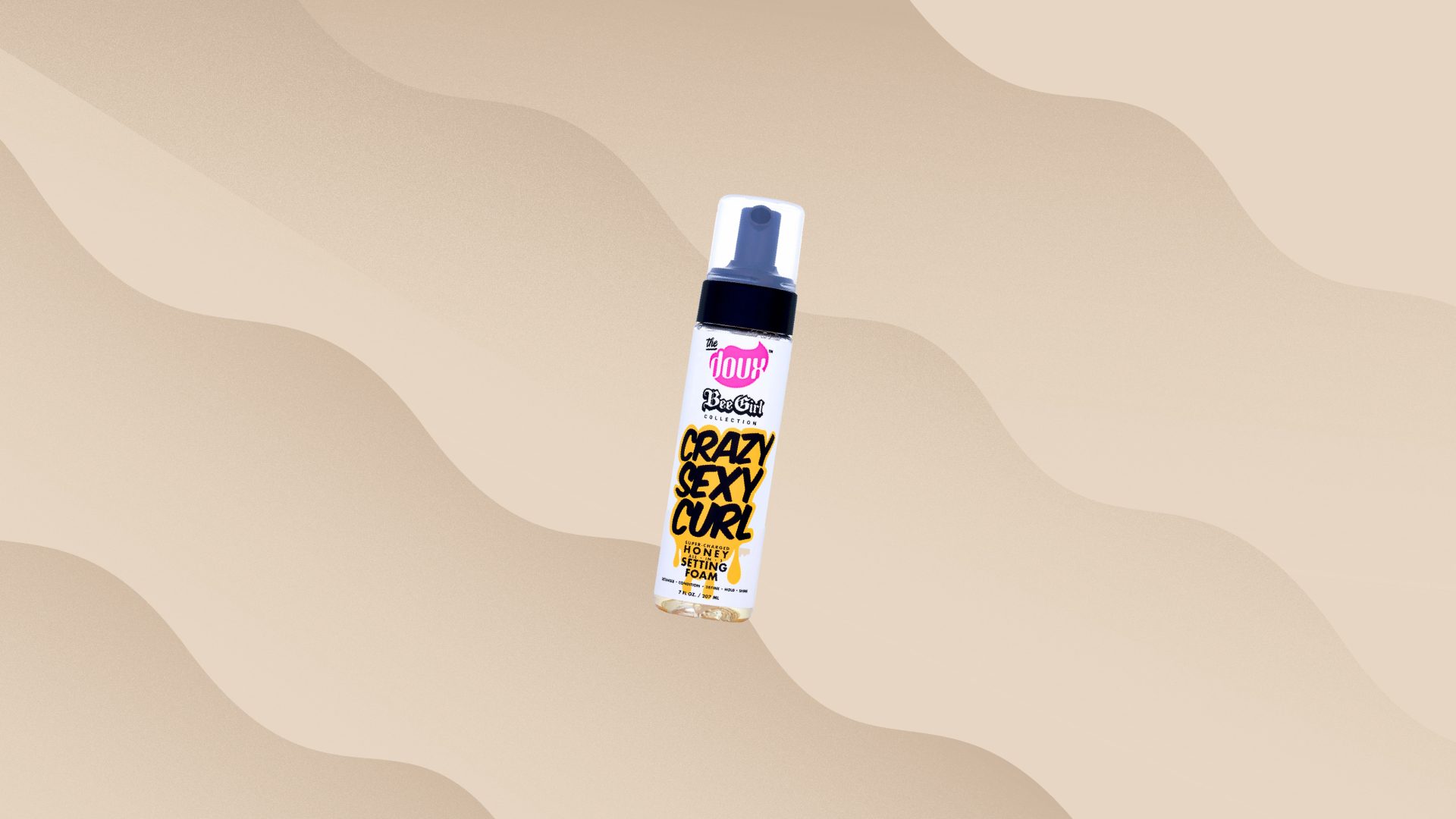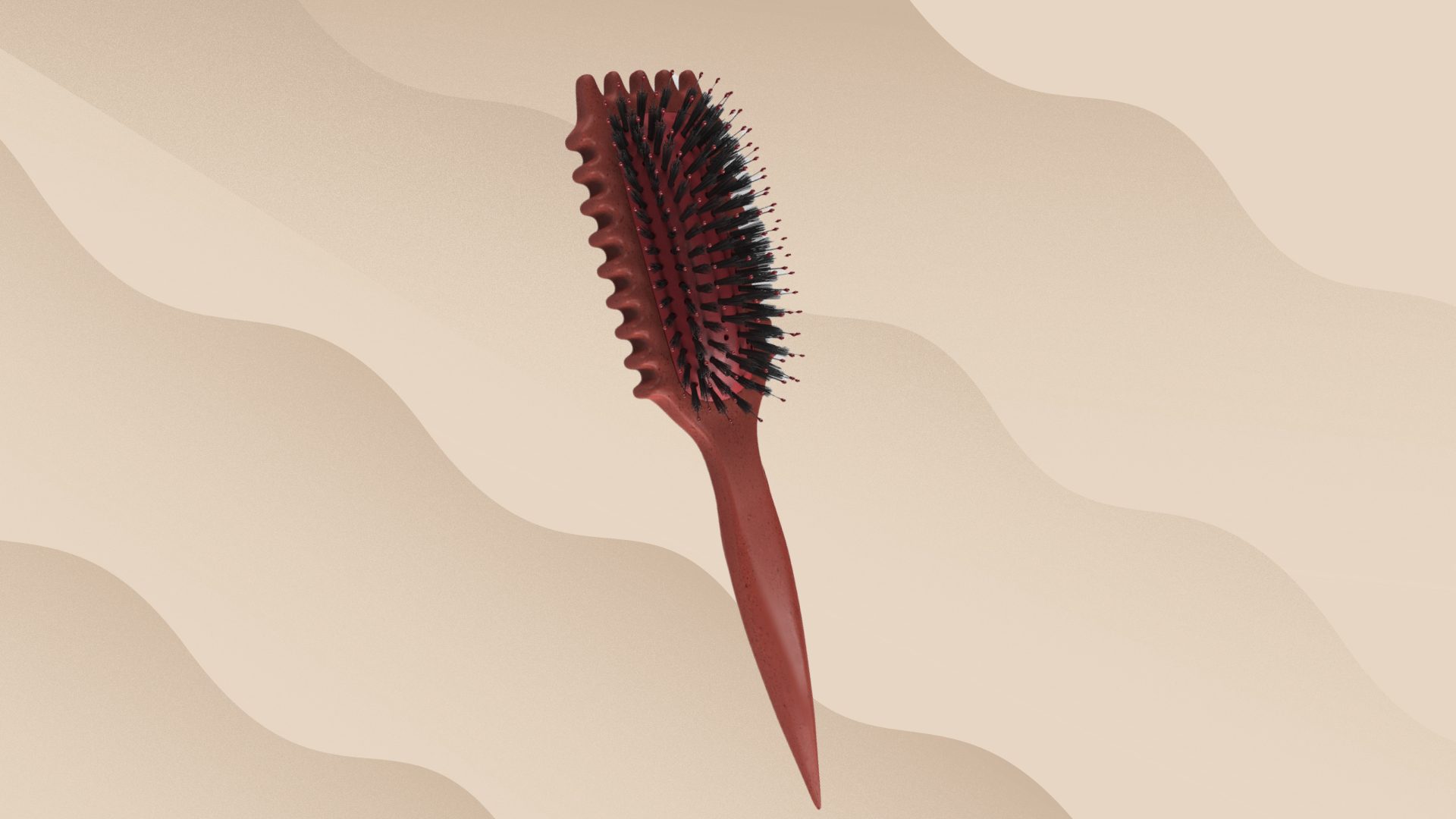
Locs is short for dreadlocks and replaces the word since many feel that the term dreadlocks carries a negative connotation. Locs are matted hair that can be organic or manicured and maintained regularly. One of the biggest misconceptions about locs is that they are neglected and never cleaned, but they must be cleansed weekly, and a lot of work goes into them. They can be free-forming, where they freely loc, or they can be formed through various methods that allow the wearer to control the shape and thickness.
While others think locs are simple to master, others know there is real work to be done to maintain healthy locs. There are do’s and don’ts just like any other hairstyle, and then there are serious nevers that need to be instilled in the loc-wearer if they plan on having a positive loc hair journey. I sat down with Laurence (Fly Guy Locs), a loctician in Atlanta, to get the 411 on the top five things not to do with your locs.
1. Never Use Petroleum Products

Petroleum is your locs’ worst enemy! The whole purpose of locs is for them to lock, and petroleum has the very opposite effect. It is very greasy, causes your locs to fall apart, and slows the locking process. It is the worst for forming locs, so beware of some so-called dread or loc wax products because they may be using petroleum as the main ingredient.
Image Source: @maya.grantt
Petroleum leaves a residue behind, which is unwelcome because locs like to hold stuff. With unlocked hair, you can brush out or comb out the debris or dirt, but with locs, you cannot remove it easily. That causes the residue to build up and potentially mold. The residue will also lubricate the locs, so the knots will not tighten as much as they could without the residue. This is why using a good shampoo that will remove all residue is crucial in keeping locs clean and healthy.
2. Never Style Locs Too Tight

Image Source: @afroveydiac
Laurence is adamant about this, as many loc wearers love the intricate styles that can be created with locs that could potentially put undue added tension on the hair and cause thinning and traction alopecia, especially on the edges.
Laurence says, “Edges are the weakest point of the scalp. If you pull those locs too tightly, the edges are the first to go.” That is why you see many loc wearers with deep receding hairlines or bald edges.
This is a tidbit for all naturals, as tight styles will result in the same outcome, especially for braids, sew-in weaves, or lace-front wigs. Tighter styles may allow the wig to last longer, but your edges may suffer.
3. Never Sleep on Anything but Silk or Satin

Image Source: @curlfriend.collective
Laurence says sleeping on cotton sheets or pillowcases is detrimental to the hair. “Just look under a microscope at a cotton sheet. It looks like a cheese grater and will slice your locs up!” It will also rob your locs of moisture.
Protect your locs under hats with a silk or stain lining or a satin or silk bonnet or scarf. Wearing a silk or satin bonnet or scarf at night or sleeping on a silk or satin pillowcase is the best way to sleep with your locs and keep them protected.
4. Never Color Your Hair Yourself

Image Source: @niecey.locs
That means using a professional. If you are a professional stylist, then by all means, do it yourself, but Laurence warns of the dangers of coloring your locs when you do not have the training. He discusses how many loc wearers over-process their hair, trying to get blonder blondes or redder reds by keeping the developer on longer than required.
Another problem many face doing their color is a lack of an even color distribution because, by the time they get to the last part of their hair with the color, the first part has probably been processed longer than necessary.
He also warns of box colors and the consumer’s expectations. First, the hair color of the model on the box did not come from a box color…period. She had a professional use of professional-grade dye in a salon for her shoot.
5. Stop being so cheap!
Image Source: @saucefairy
Many of us try to pinch a few pennies here and there, but if you plan on getting locs or maintaining them, get them done correctly and professionally. Laurence services too many people whose work he has to fix. “You cannot expect professional results sitting between your Auntie’s legs.”
Laurence is tired of seeing people who go to great lengths for the cheapest loc installations and retwisting by family members or friends who have no training but offer lower rates. They eventually end up in his chair, and he has to fix it.
He mostly sees this occurring when people start and want cheaper locs but collectively pay more because of the corrections. Look, it is your hair and your head, so if you want it done right, go to the professional to ensure you start with a good foundation.
What are some of your loc maintenance tips?






